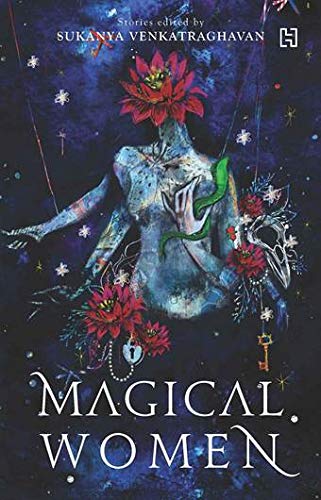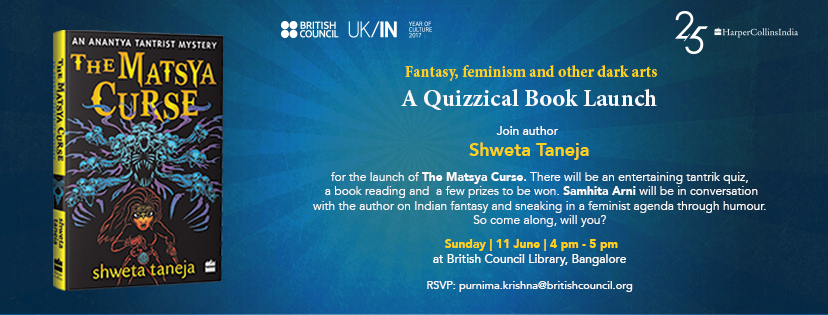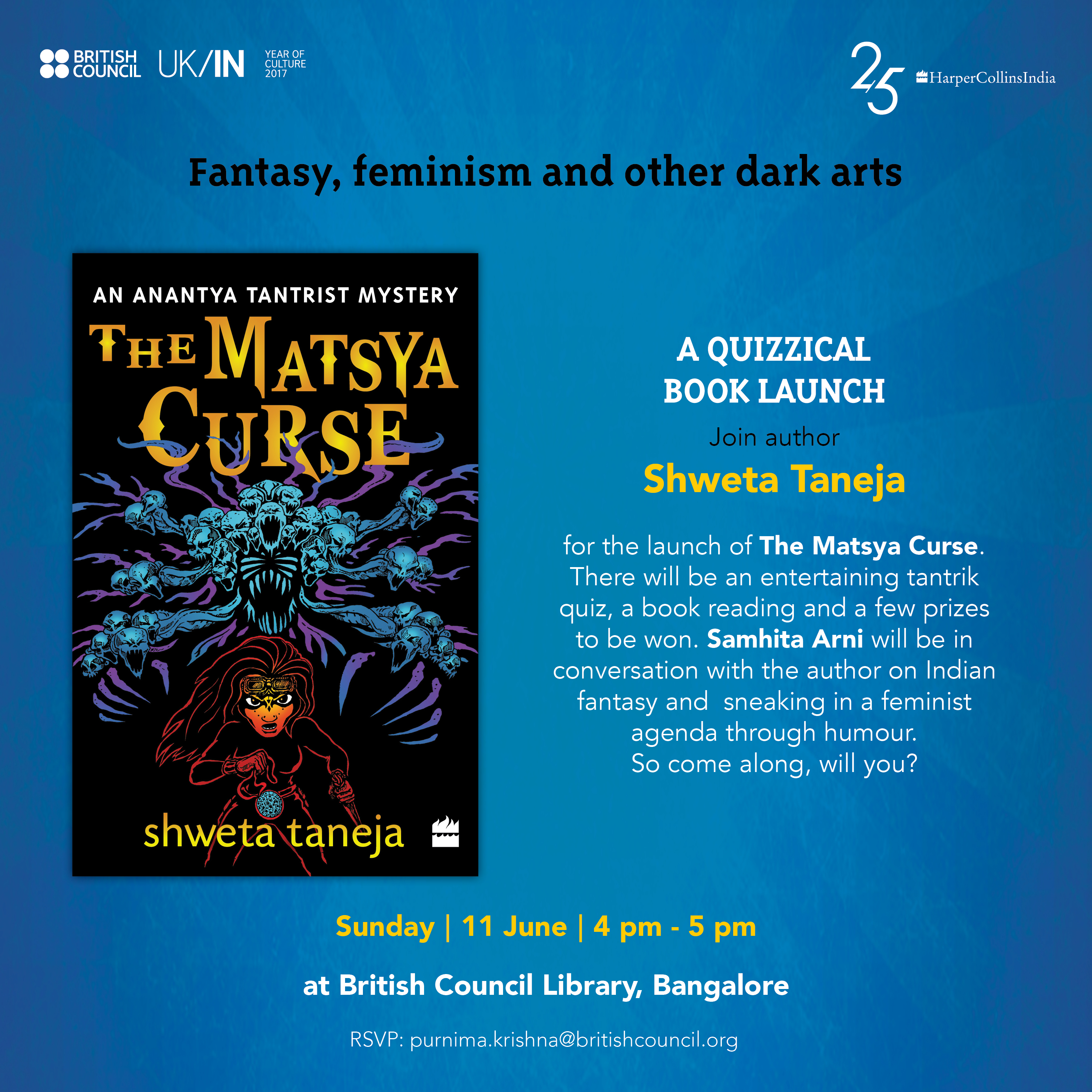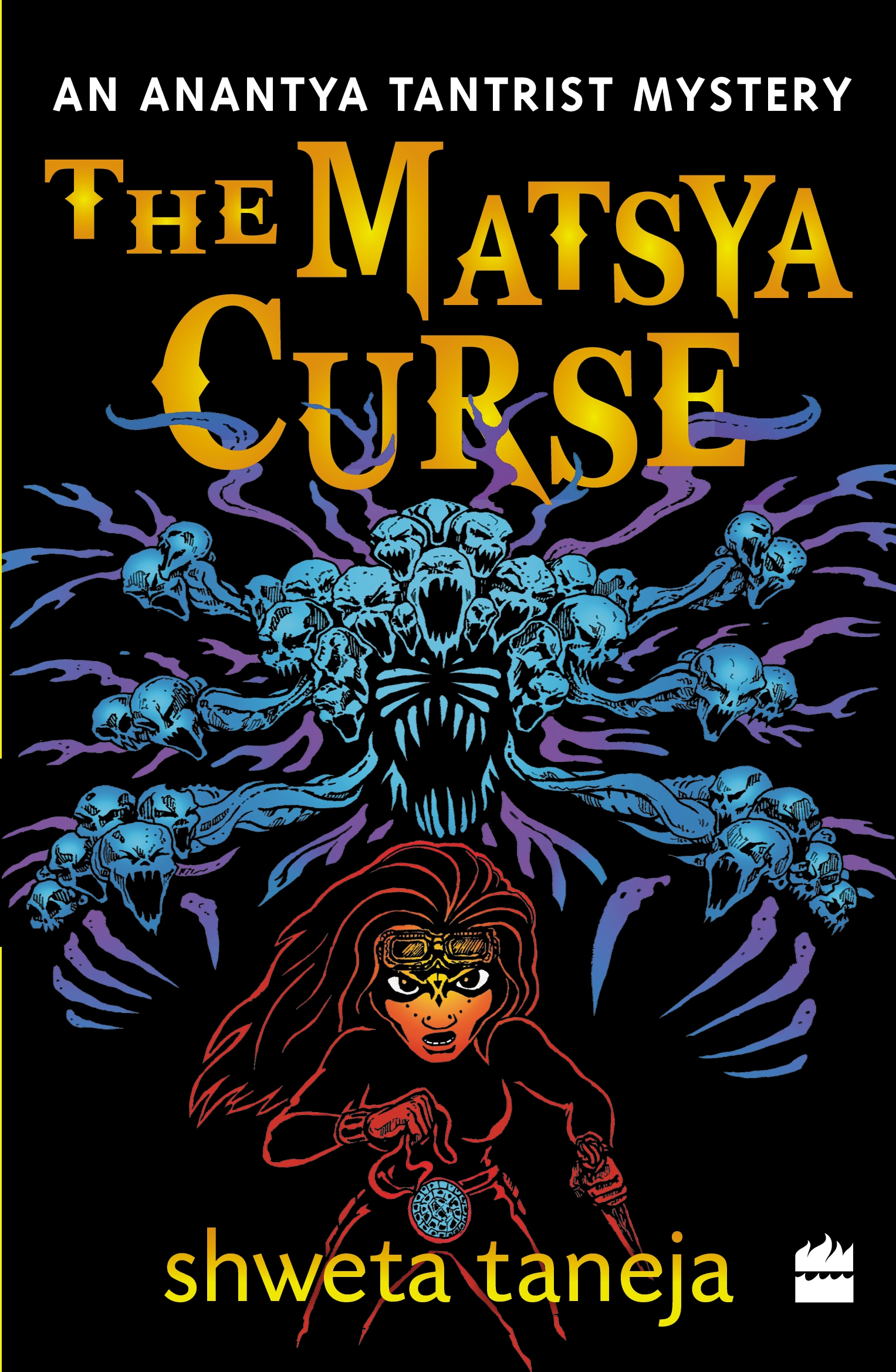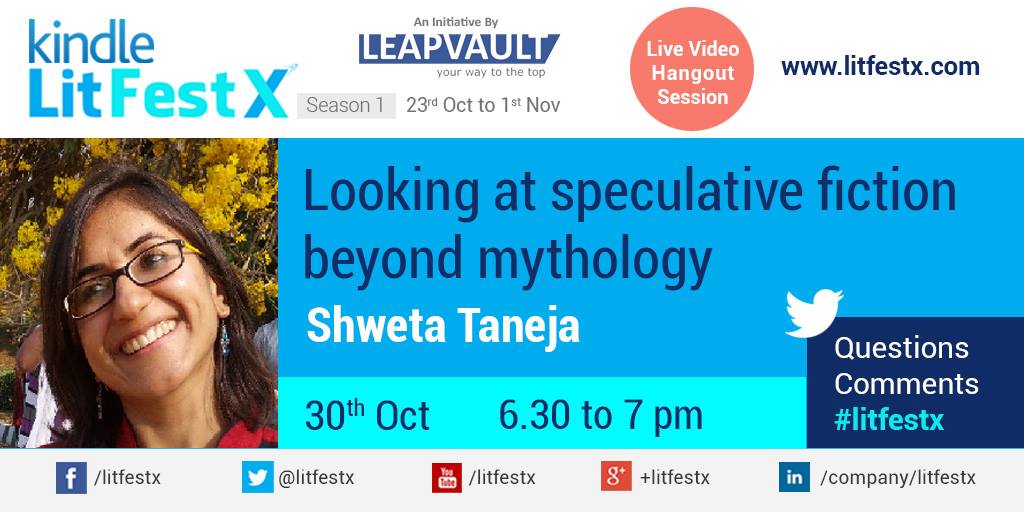The plotlines of most action flicks, are all about the hero. The hero rocks the roads, chases goons, tots guns, fights for justice, sows wild oats with white girls, and then heads back to home, to his heroine. All this while, this heroine, the girl, pines away back at home or sits pretty in a café (usually alongside a swimming pool for some reason), waiting for her hero. The only time she’s outdoors, she’s either surrounded by other girls, or is with the hero, or is getting raped or attacked by the goons. The message is loud and clear: The streets are unsafe for an Indian woman: If you’re out there alone, you will be slaughtered, you little lamb.
As a girl who grew up in Delhi, I was fed this message by family, society, school, college and onwards. Every time I walked on the streets of the capital city, as a teenager, as a working woman in her 20s, I had to constantly fight butt slaps, boob pinches, stares and hoots and whistles from strangers. Every time a violent act happened, I was told to not walk alone on streets, to wear looser clothes, not stare back and scream, not confront, not act, but be passive. For that’s how a woman should behave. Wait for someone else, a hero, a guy, the government or the police to react to the aggression that happens to her, to save her. An Indian woman is supposed to be passive, silently take on violence if given by her husband or in-laws, or ask for help from the boyfriend or police or government when faced from an aggressive stranger. Most of all, a woman is supposed to protect herself from all of it, to keep indoors, to make friends carefully in case they turn out to be rapists.
With Anantya Tantrist, the tantrik detective of my latest novel, Cult of Chaos, I decided to take all of these years of imbibed and heard and oft-repeated Indian values of passivity, decorum, rules and ethics meant for women and flip them, turn them on their head. Just to see what happens to the society in the world if I do. For speculative fiction gives you that freedom, to extrapolate, to try and do things differently, make new rules and new societies, explore gender roles and beliefs about gender. And I took it.
Anantya as a result, became a complete opposite to the restrictive idea of an ideal Indian woman.
First of all, she is always in the middle of action, she speaks her mind, there’s no passivity when it comes to her, in fact passivity bores her. She is boisterous, angry, spews gaali, smokes beedi, drinks hard stuff like a fish, hangs out on the streets with all kinds of things and species, doesn’t come home till wee hours, has crud in her kitchen, can’t cook to save her life, but can wield a boneblade to save another’s. She has unapologetic one night stands with all kinds of supernatural species, wears chappals and goes to parties and doesn’t know what a ‘date’ is. Continue reading “How creating Anantya helped me find my freedom”

